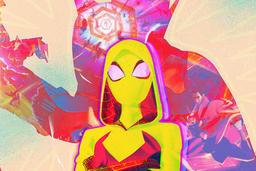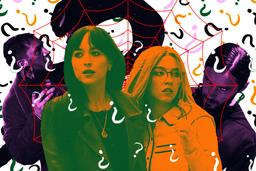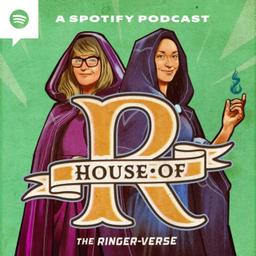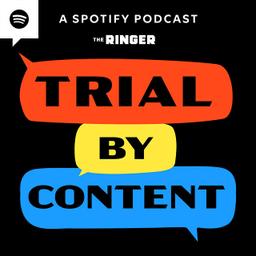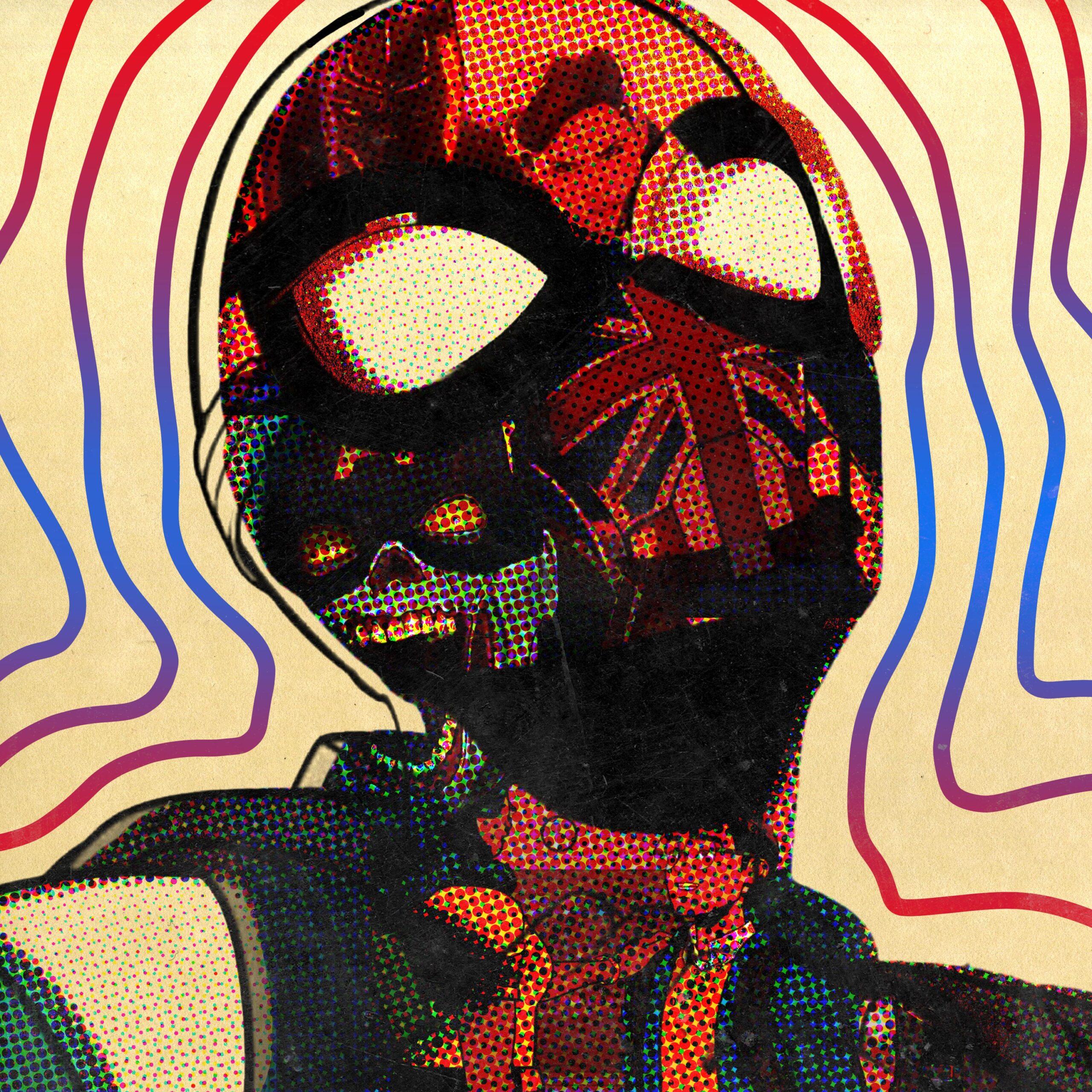

This year is set to be a big, important one for Marvel Studios. After releasing just five projects in 2024, including two animated series, the studio is nearly doubling its output in 2025 as it closes out Phase 5 of the MCU and begins Phase 6 of the Multiverse Saga. Barring any delays, Marvel will release three feature films, three live-action Disney+ shows, and three animated series in 2025. And leading the way is the new animated series Your Friendly Neighborhood Spider-Man, which debuted with a two-part premiere on Wednesday.
Since Marvel Studios formed its own animation division in 2021, Marvel Animation has released just two series—What If…? and X-Men ’97—and a collection of animated shorts, I Am Groot. That makes Your Friendly Neighborhood Spider-Man just the third full-fledged series for the fledgling division, with two more series still to come in what will be Marvel Animation’s most prolific year to date. Thus, the arrival of Your Friendly Neighborhood Spider-Man presents a good opportunity to take stock of how Marvel Studios’ animated endeavors are going. At least through its first two episodes, the new series is a pleasant surprise but a bit of a mixed bag overall, which pretty much sums up Marvel Animation’s results through its first three-plus years.
Your Friendly Neighborhood Spider-Man is a modern remix of Peter Parker’s classic origin story, released more than 60 years after the character first appeared in Stan Lee and Steve Ditko’s Amazing Fantasy no. 15. Created by Jeff Trammell, the new series will roll out its 10-episode first season across four weeks, as Marvel Animation continues to tinker with its release model on Disney+. Your Friendly Neighborhood Spider-Man reintroduces the teenaged Peter just as he’s gained his superpowers and is learning to navigate the strange worlds of crime fighting and high school alike. Given the fact that we’ve had three live-action Spider-Men since Tobey Maguire first wore the red-and-blue suit in 2002’s Spider-Man, along with the introduction of Miles Morales’s Spider-Man in his own animated movies and the release of a popular video game franchise to boot, it’s a little exhausting to do this all one last time … again. But Trammell and Co. still do a solid job of providing a unique spin on a familiar story that pays homage to Spider-Man’s rich history in the comics and the MCU.
From the opening minutes of the series premiere, Your Friendly Neighborhood Spider-Man seeks to subvert viewers’ expectations about where they think Peter’s journey is headed. The high school freshman has already lost his parents and Uncle Ben by the start of the series, before he’s even been bitten by the radioactive spider that grants him his amazing abilities. And just as Peter is saying goodbye to Aunt May at the steps of Midtown High School, Doctor Strange comes hurtling through a portal in the sky as he fights a symbiotic alien. In this version of Parker’s origin story, Peter is connected to other superheroes from the very beginning: His contact with this universe’s radioactive spider is a direct result of Strange’s fight with the symbiote.
Your Friendly Neighborhood Spider-Man is filled with a lot of references and allusions to the MCU, but it makes sure to establish early and often that this series is set in its own universe. The first episode concludes with a twist on the introduction of Tom Holland’s Spider-Man in 2016’s Captain America: Civil War, when Peter returned home to find Tony Stark sitting next to Aunt May in their living room. The scene is almost identical to the one from Civil War, with Peter even blasting the same song (alt-J’s “Left Hand Free”) in his earbuds as he steps off the elevator and walks into his apartment to find a surprise guest waiting for him. Except in Your Friendly Neighborhood Spider-Man, it isn’t Stark sitting beside Aunt May on the couch, but Peter’s nemesis-to-be: Norman Osborn (voiced by Oscar nominee Colman Domingo).
Through the first two episodes, Peter’s connection to Osborn has been the most compelling alteration of his origins. In Episode 2, Osborn gives Peter a prestigious internship at Oscorp, and by the end of Peter’s first day at his fancy new gig, Osborn has already discovered that Peter is secretly Spider-Man. (Peter may be only a freshman in high school, but getting caught on camera changing into your superhero costume in the stairwell of what is likely one of the city’s most expensive and secure buildings is pretty bad for a supposed boy genius. Of course, Osborn had probably already figured it all out anyway when Spider-Man saved his son, Harry.) The same guy who will eventually become the villainous Green Goblin is now positioned to be a mentor—and possibly father figure—to Peter, just as Tony Stark was for his live-action MCU counterpart. This new dynamic could have some fascinating implications for the series to explore, and with a diverse cast of supporting characters around Peter, there’s plenty here to keep things fresh enough for even the dedicated viewers who have seen every Spidey project on this side of the multiverse.
Although Your Friendly Neighborhood Spider-Man has shown some juice from a narrative standpoint, the quality of the show’s animation doesn’t quite stack up to its storytelling. The series draws a lot of visual inspiration from the comics, particularly the original ’60s aesthetics that Ditko established around the time of the character’s birth. With 3D, cel-shaded animation and vibrant colors that pop off the screen, those influences can shine through in really fun and effective ways, as the visuals strike a balance between looking retro and contemporary. But the computer-generated images can also seem at odds with the distinct hand-drawn style that the show is trying so hard to emulate, which makes the animation look stilted at times. I’ve noticed this more during dialogue, when characters’ lip movements don’t always sync up with their voices, than in the show’s action sequences, which are fluid and often put the framework of comic book panels to great use.
All in all, Your Friendly Neighborhood Spider-Man is off to a good start, which it owes in large part to the wise decision to forgo much of the actual origin part of Peter’s story to jump right into him learning to balance the growing chaos in his extraordinary life. The show captures the character’s whimsical and kindhearted roots, which have helped make him a Marvel staple for decades. And so far, it’s returned him to street-level stakes that keep him in the neighborhood instead of in space, fighting off a cosmic threat like Thanos. Critics appear to be enjoying that mix of elements: The series currently boasts a score of 97 percent on Rotten Tomatoes.
But it’s too early to tell whether the early critical acclaim will be enough for Your Friendly Neighborhood Spider-Man to find an audience. Just as Disney+’s Skeleton Crew recently struggled to gain much of a following despite being one of the better live-action Star Wars series (not named Andor) to date, it may be challenging for this series—which similarly seems to be targeting a younger demographic—to stand out from all the other Spider-content that Marvel has released in recent years.
It isn’t exactly fair to compare Your Friendly Neighborhood Spider-Man to Sony’s pair of animated Spidey films, 2018’s Oscar-winning Spider-Man: Into the Spider-Verse and 2023’s Spider-Man: Across the Spider-Verse, but it’s hard not to given how good (and how new) they are. Into the Spider-Verse’s innovative animation style and technology helped reshape the industry in its image. Your Friendly Neighborhood Spider-Man won’t be revolutionizing animation with its visuals, and while it subverts the conventional Spider-Man story—as Into the Spider-Verse did before it—it has often done so by relying on its MCU connections and leaning into Marvel Studios’ sensibilities. Perhaps the never-ending bad news about Beyond the Spider-Verse’s production delays will work in the show’s favor, providing Spidey fans with a new universe of characters and an episodic narrative structure to tide them over in the meantime.
(Another potential factor in the series’ viewership prospects: Hudson Thames, who voices Spider-Man, made headlines earlier this week when he said that his “biggest fear” about Your Friendly Neighborhood Spider-Man had been that it was going to be “annoying and woke.” Not the best way to promote a new Disney+ series.)
While the success of Marvel Animation’s latest release has yet to be determined, its previous series have yielded uneven results—and the road ahead is anything but clear. X-Men ’97, which remains separate from the rest of the MCU, had an incredible first season, but the sudden dismissal of creator Beau DeMayo could have a significant impact on its future. And despite a simple premise that could have kept it going for as long as Marvel Studios exists, What If …? concluded with its third season in late 2024, after a 26-episode run. The anthology series had some high points, including Season 1’s “What If … Doctor Strange Lost His Heart Instead of His Hands,” but its batting average was far lower than it should have been and diminished over time.
Later this year, Marvel Animation will follow Your Friendly Neighborhood Spider-Man with Eyes of Wakanda and Marvel Zombies. Eyes of Wakanda, developed by Black Panther director Ryan Coogler, will expand on the world of Wakanda in the MCU and feature a hand-painted animation style inspired by artists like Ernie Barnes and Dean Cornwell, according to reports from Disney’s D23 Expo last year. Marvel Zombies is a spinoff of a standout episode from What If…?, with Stellar Creative Lab returning to handle the show’s animation. Both projects are positioned to be miniseries, which could certainly change if they prove to be popular. But it seems like Marvel Studios is still experimenting with how it uses its developing animation branch and the kinds of stories it wants to tell.
While Marvel Animation makes its name, DC animation—under Warner Bros. Animation—has been thriving, even as it faces change of its own amid a studio-wide reboot. Marvel has dominated DC on the live-action front for years, but DC has had Marvel beat in the world of animation for even longer. X-Men ’97 and Your Friendly Neighborhood Spider-Man are good starting points for Marvel Animation that use popular title characters to bolster the brand’s launch. But DC animation has long produced high-quality series that are more distinct in terms of visual style and narrative tone, whether with marquee superheroes such as Superman (My Adventures With Superman) and Batman (Batman: The Caped Crusader) or lesser-known characters like the Creature Commandos. It’s going to take some time, and perhaps some shifts in strategy, for Marvel Animation to catch up.
Marvel Animation—and Marvel Studios at large—could use a hit to kick-start another ambitious release slate for the MCU. It’s a little premature to tell whether Your Friendly Neighborhood Spider-Man will prove its early doubters (including me) wrong and deliver just that. But the show’s two-episode premiere has already flashed its potential to be an entertaining, lighthearted on-ramp for Marvel fans as they ease back into the MCU before Marvel’s onslaught of content picks up speed with Captain America: Brave New World and Daredevil: Born Again.

